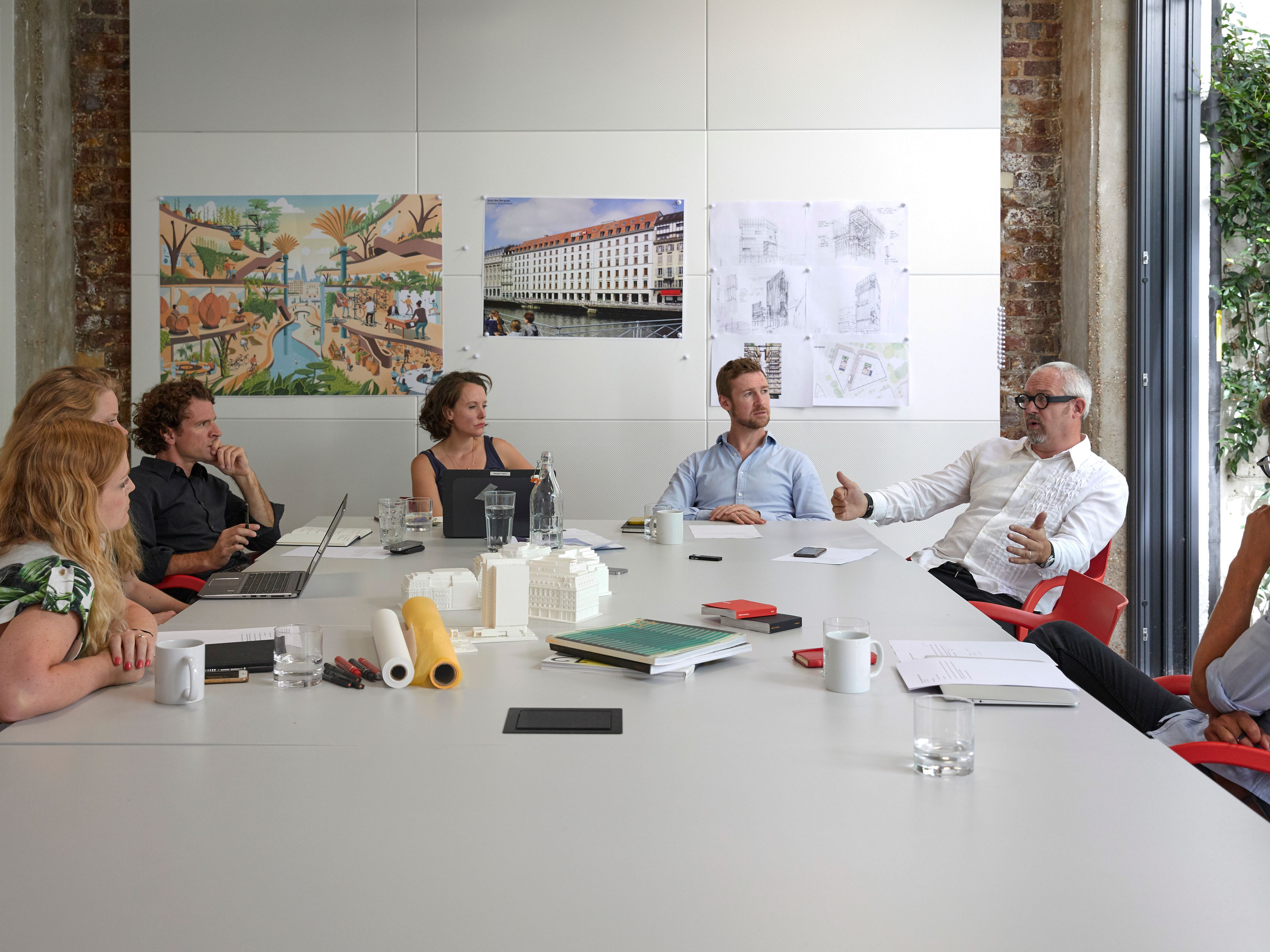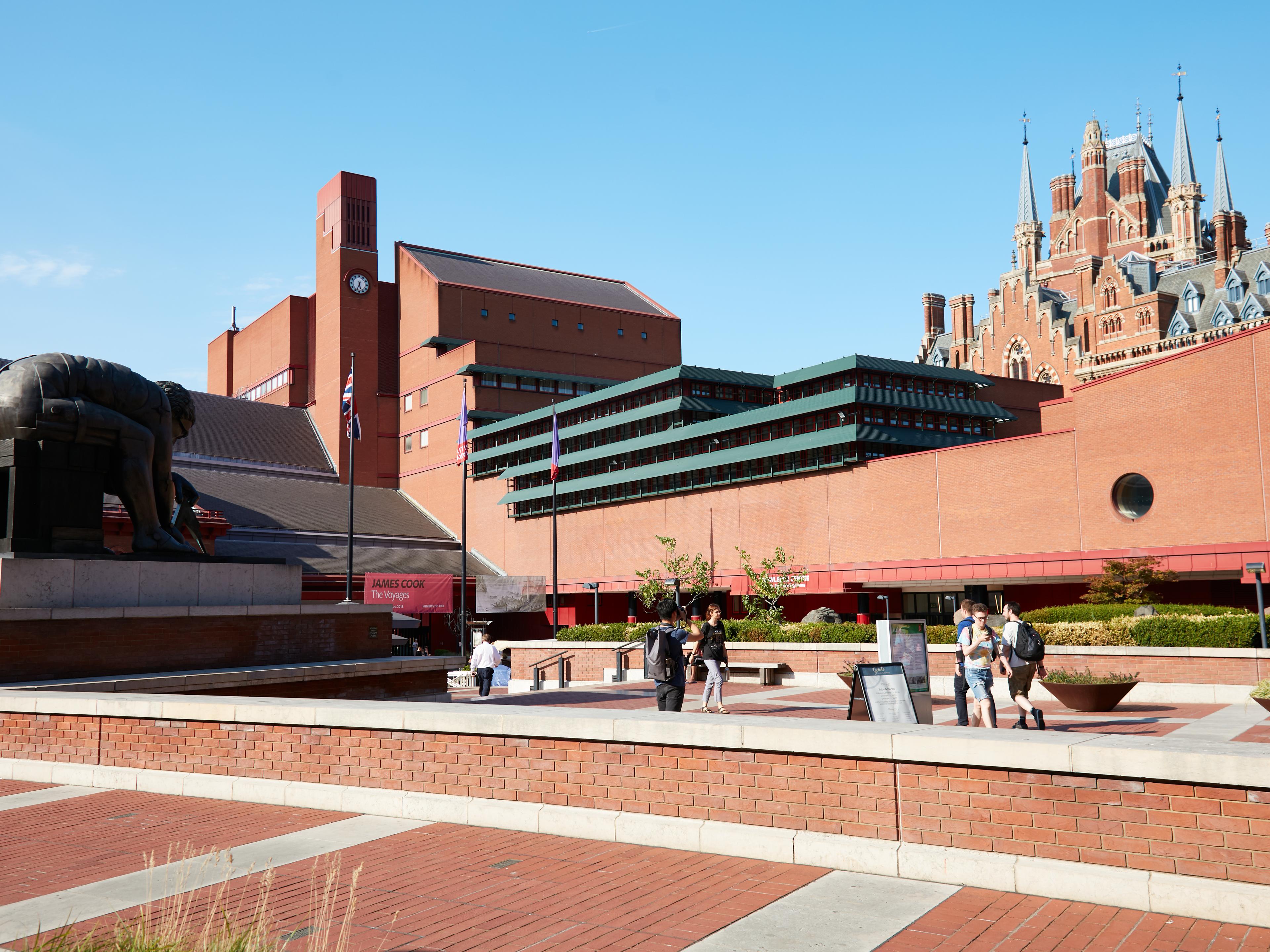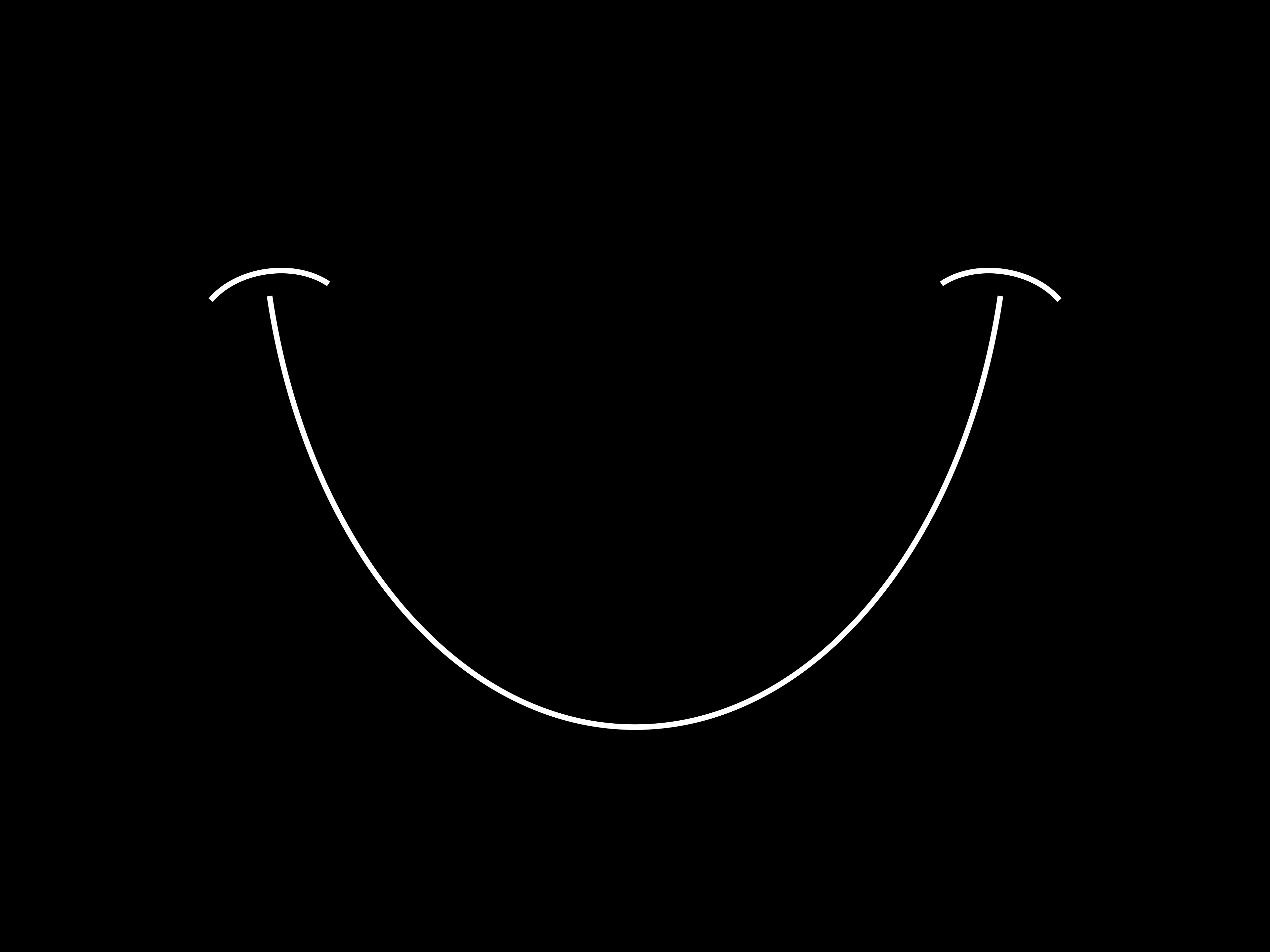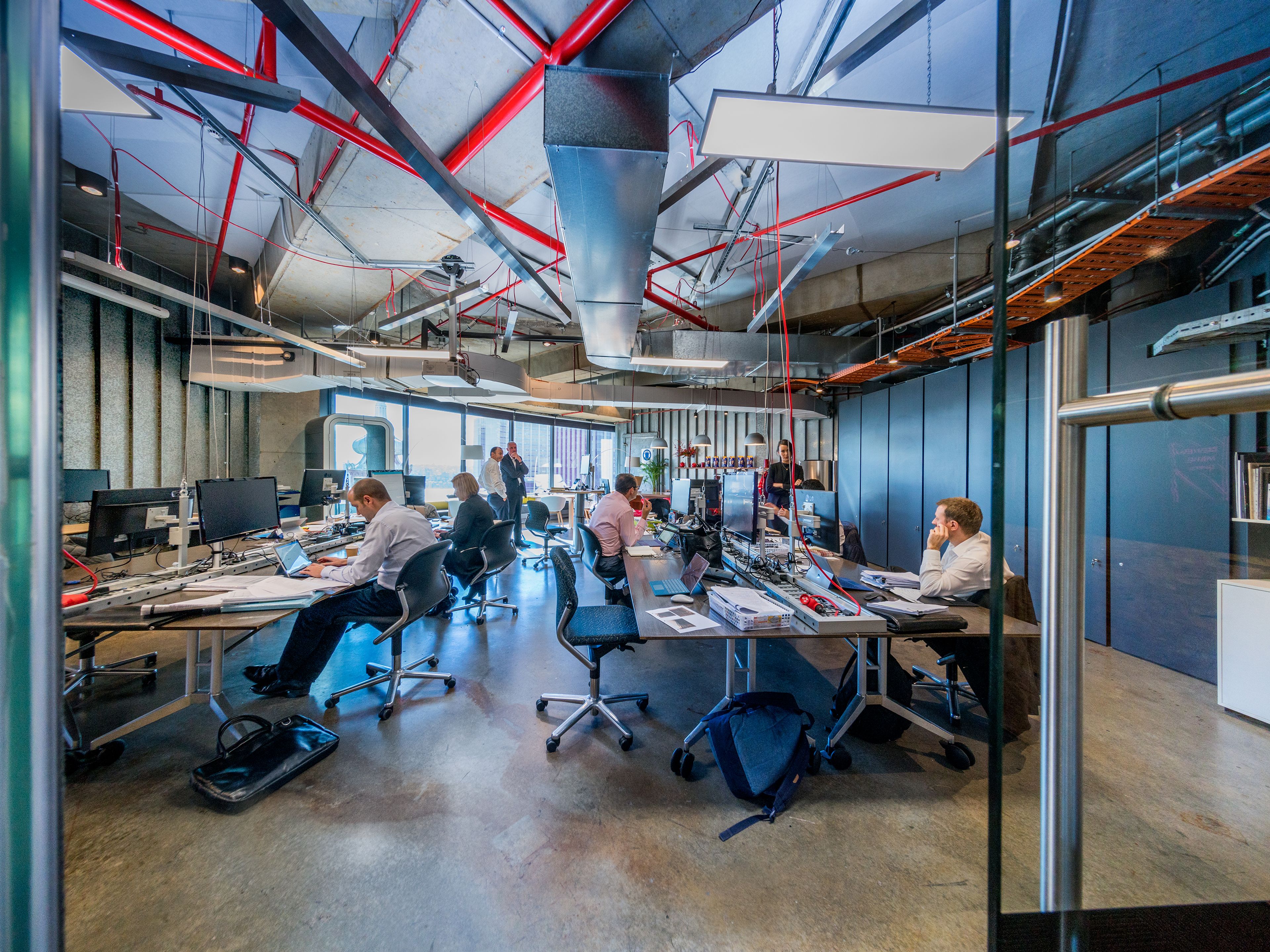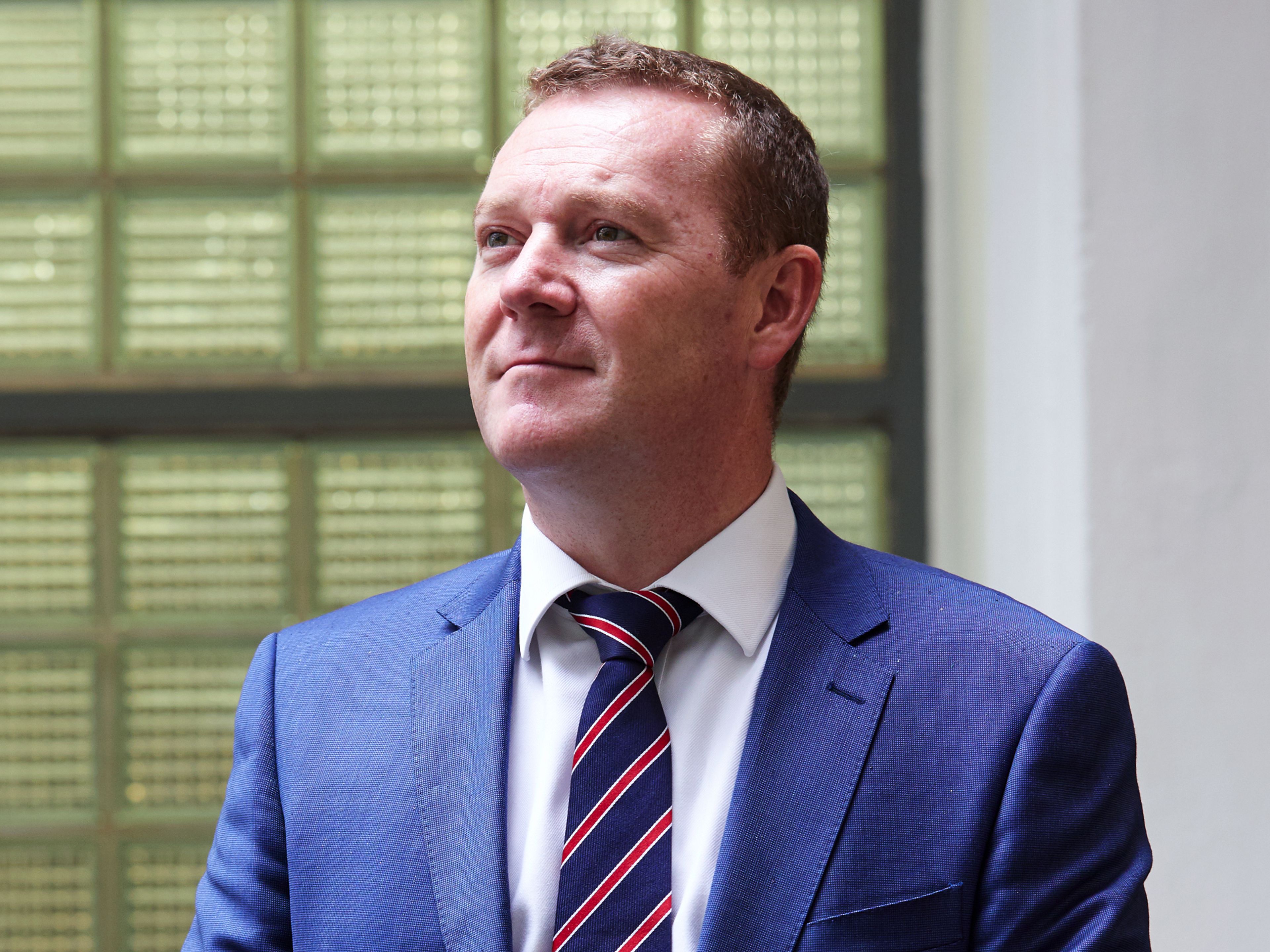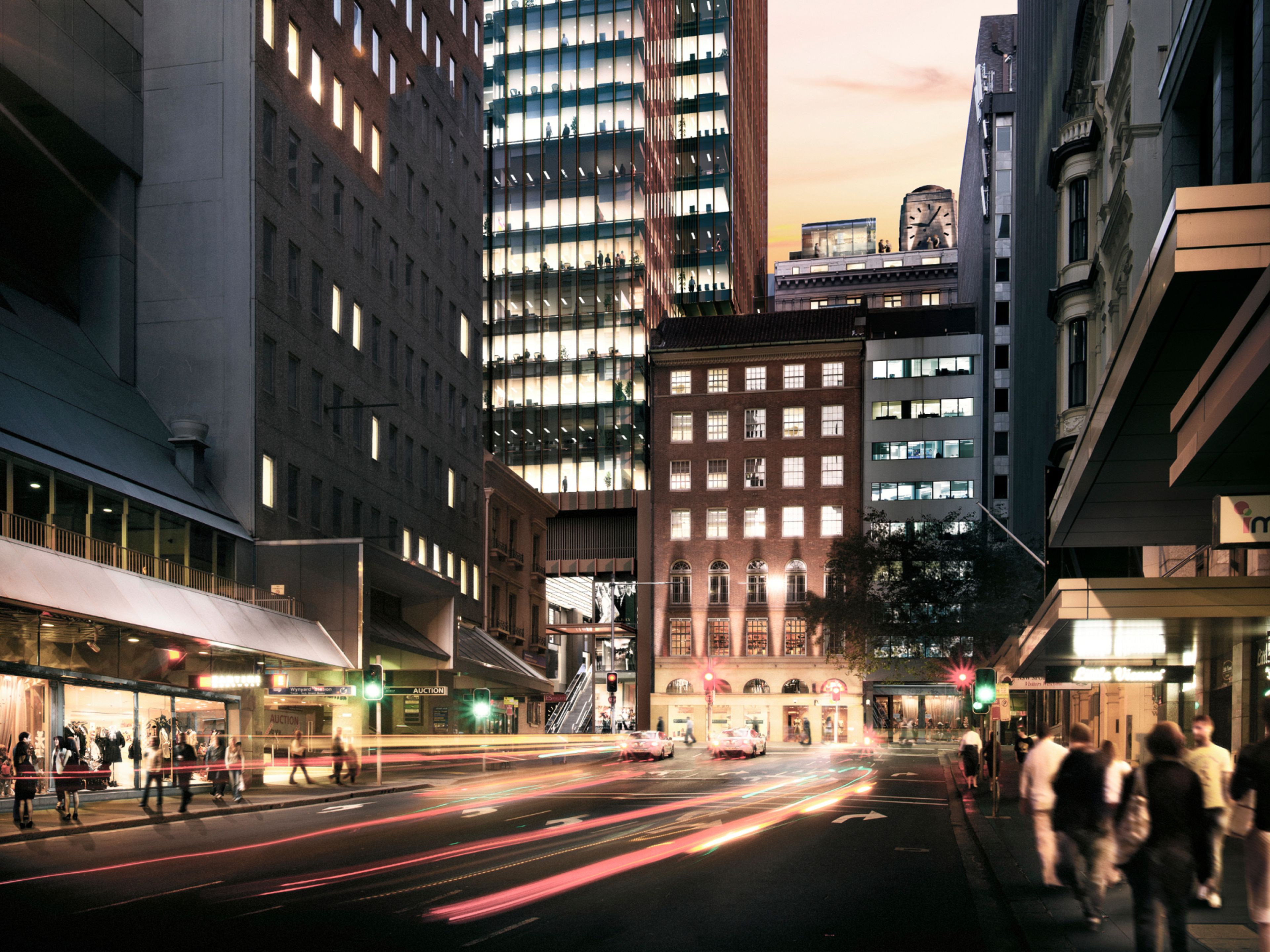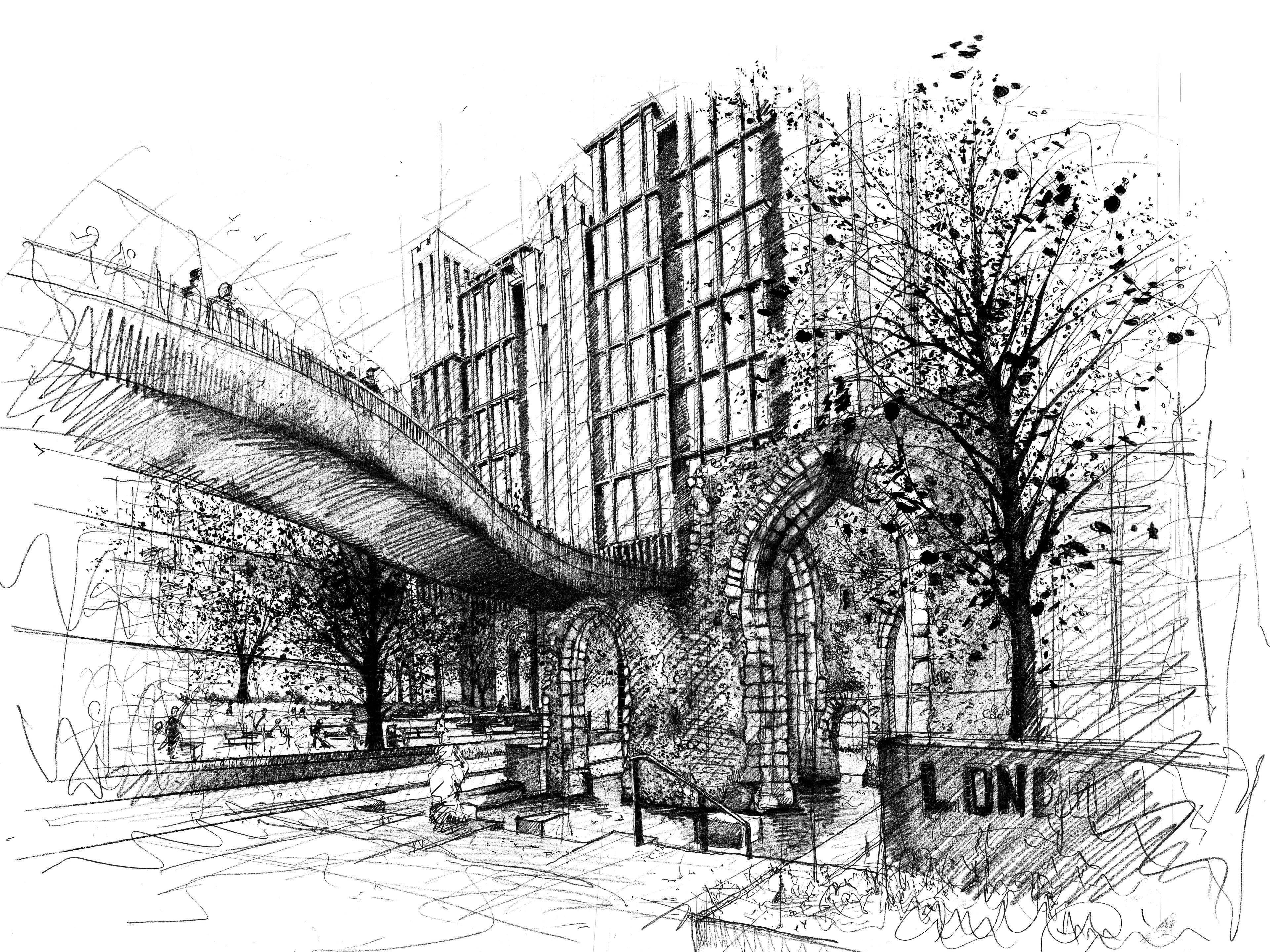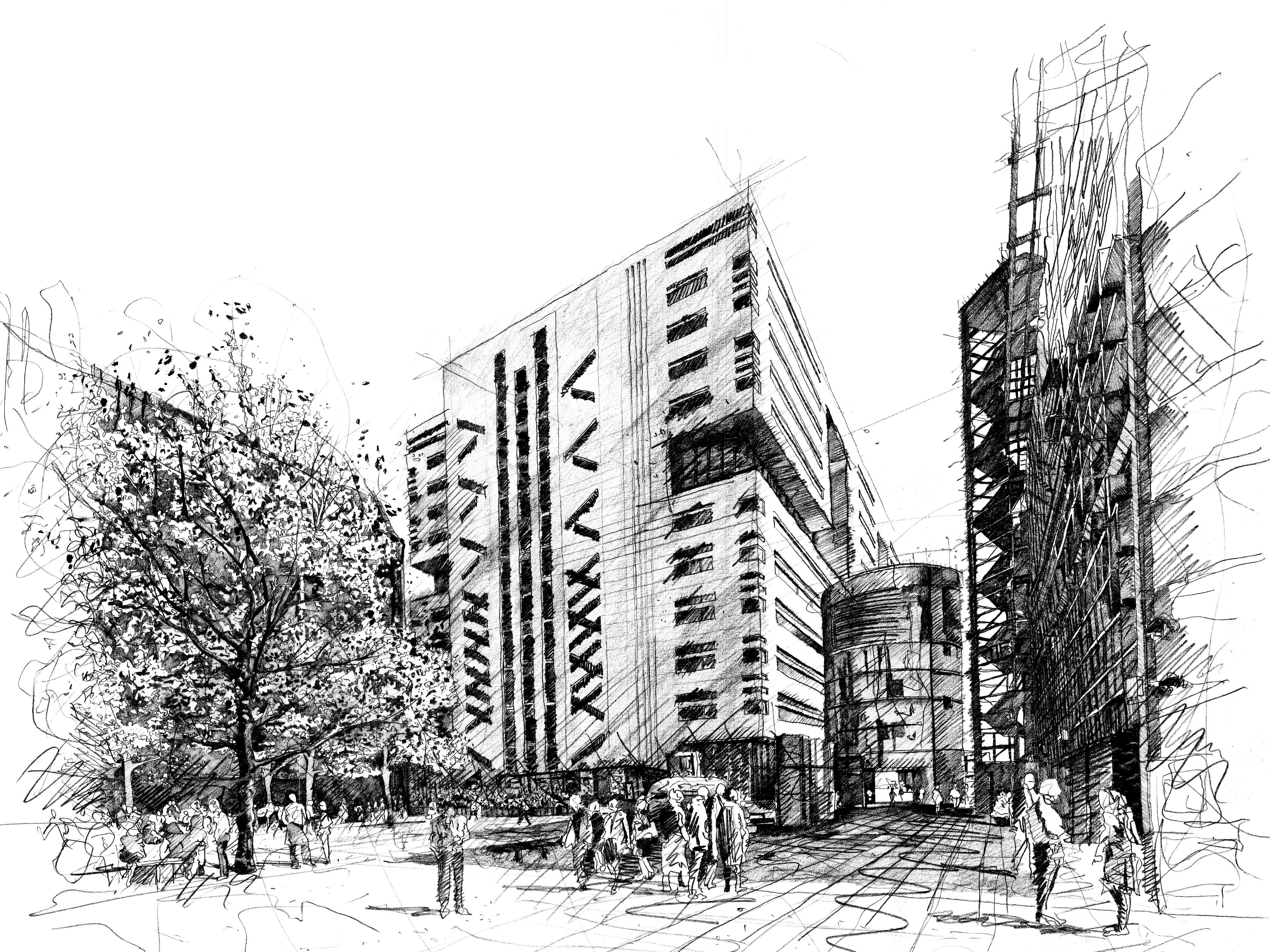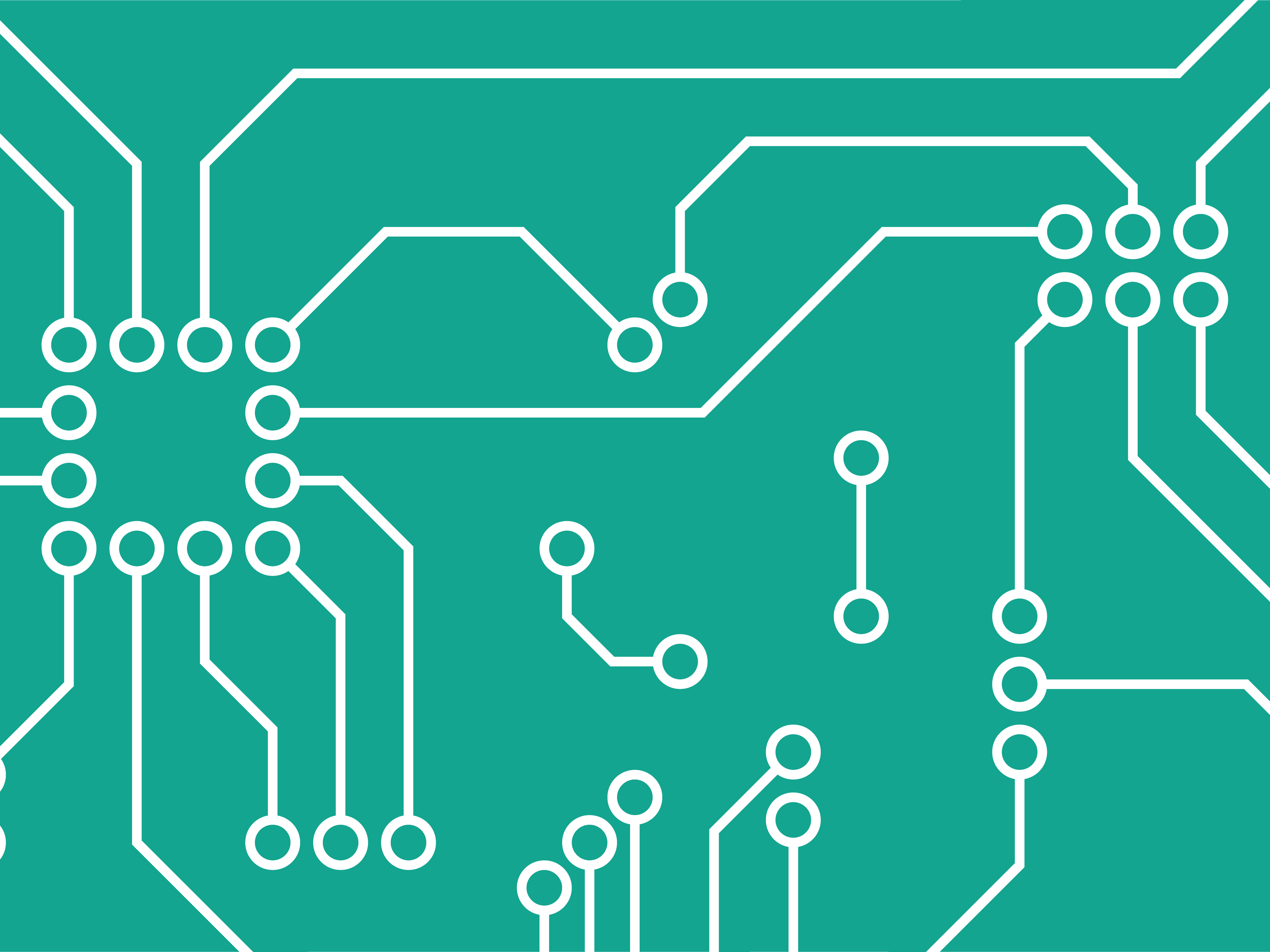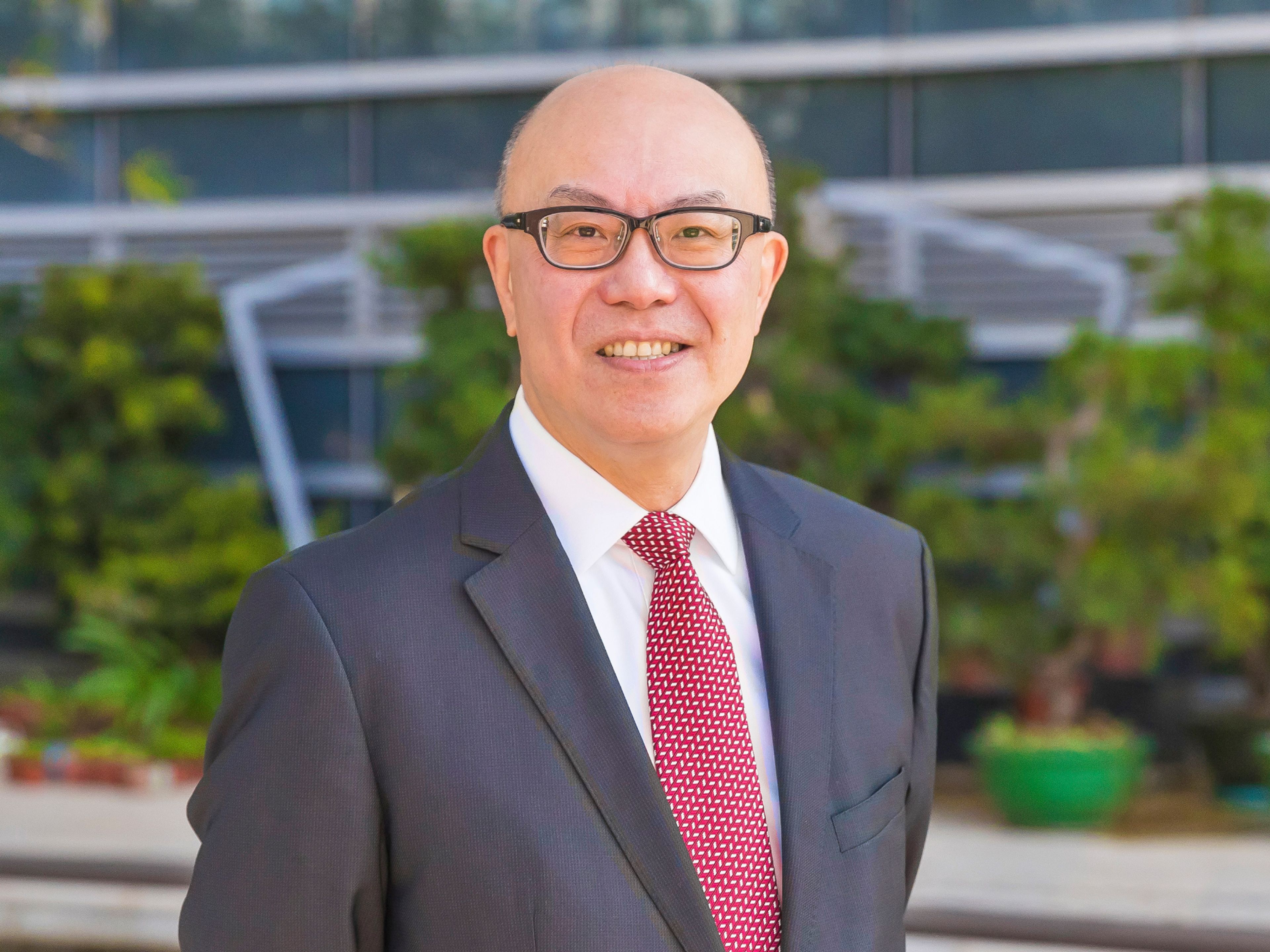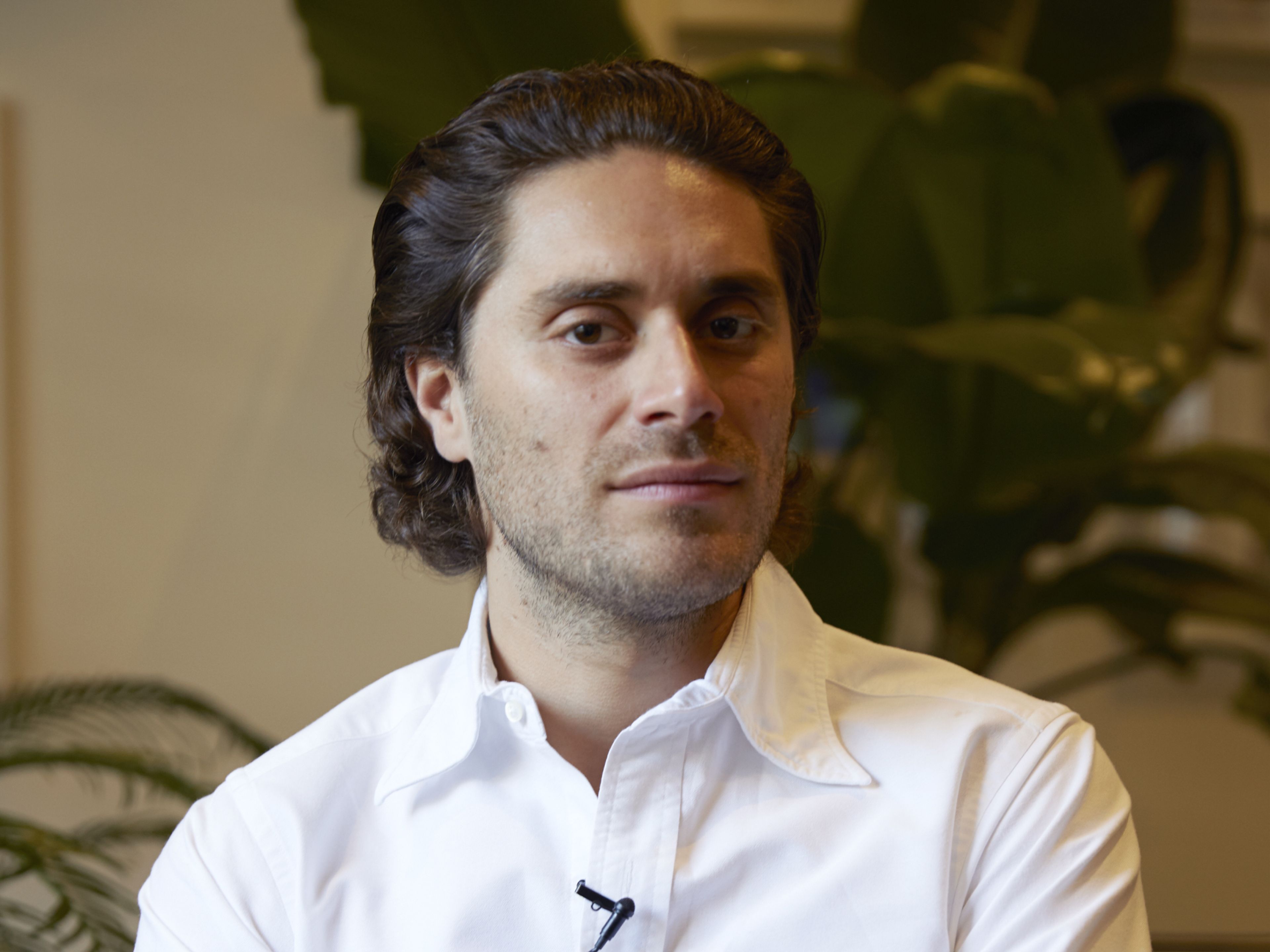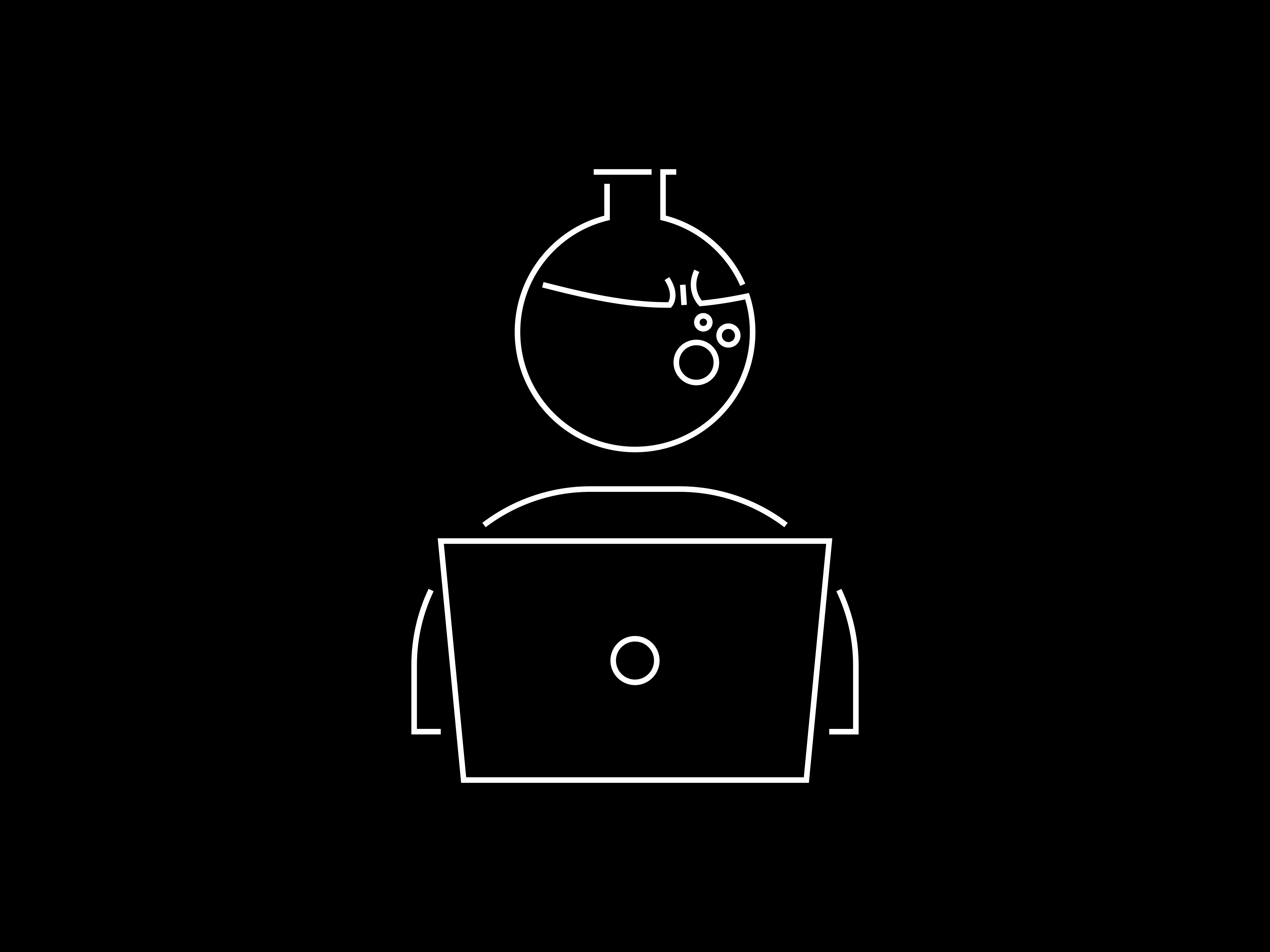Issue No. 1Workplace
Contents
Introduction
The workplace is becoming a more flexible, healthy and pleasant place to be. There’s a growing awareness among both employers and employees of the role that workplace design can play in attracting talent, facilitating productivity and making people happy.
Our inaugural issue of Exchange, published in 2018, features architectural discussions about the state of the workplace sector; interviews with developers on differing demands in London, Sydney and Hong Kong; essays from industry experts on the role of health and wellbeing in the workplace; and case studies documenting best-in-class examples of design.
If the last decade has seen the conceptual recalibration of the workplace, the next one will be about harnessing innovations in technology – a pertinent mission in light of climate change.
Produced in collaboration with Future Places Studio
Case studies
Conclusion
Driven by people and enabled by technology, the places where we work have changed. Over the last ten years we have seen the workplace become flexible, healthier and in general a more pleasant place to be.
While many workplaces still lag behind, those that have embraced the change have done so with a greater appreciation of the role the workplace can play in attracting talent, harnessing productivity and making people happy. It could be argued that over the last ten years we have simply been recalibrating the relationship between the workplace and people.
Issue No. 1 of our Exchange series has explored these changes. A roundtable with architects discussed the drivers of change and how this has influenced their work. Interviews with developers from London, Sydney and Hong Kong explain what workplace design means in these cities. Essays from industry experts have analysed the role of wellbeing, health and music in the workplace, while case studies have helped us document best-in-class examples of workplace design.
If the last ten years has seen the recalibration of the workplace, the next ten years could be about reimagining the workplace as we harness innovations across robotics and artificial intelligence and look to create refuges for people both on a macro and micro scale.
This could be even more pertinent in light of the mounting challenges of climate change – as set out in the most recent IPCC (Intergovernmental Panel on Climate Change) report – which will have to be met by everyone head on, regardless of role or sector.
Nonetheless, we are at an exciting stage in the ever evolving world of workplace design, but if we are steered by the people using the buildings and the demands of sustainable design, then that is a great starting point.

